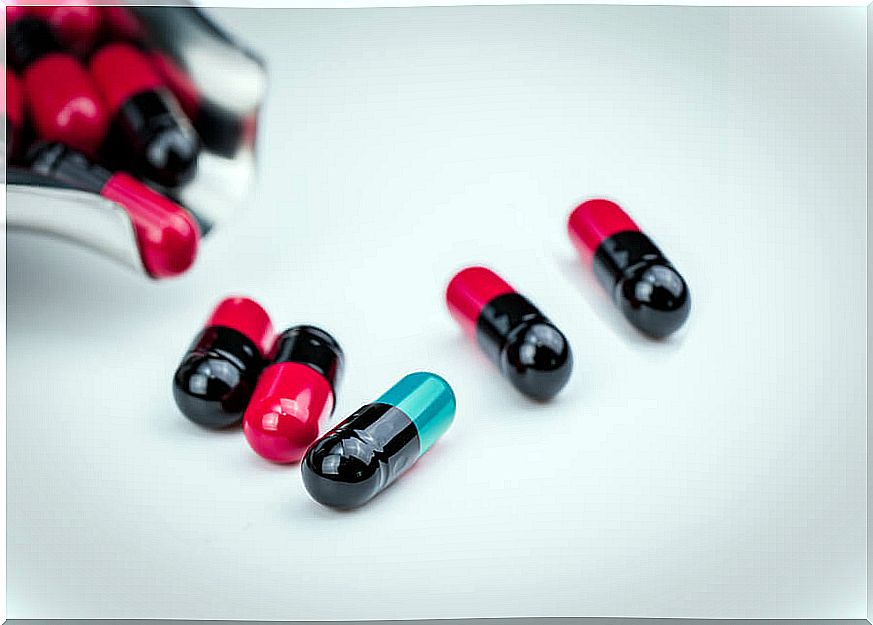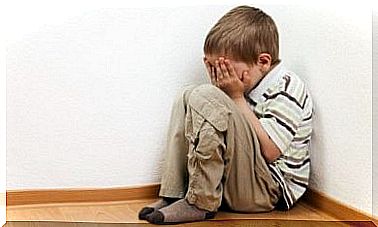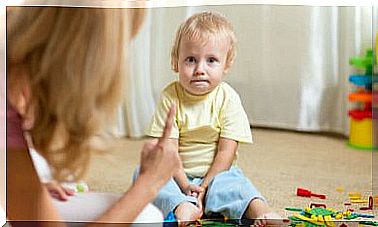6 Tricks To Give Medicine To Children
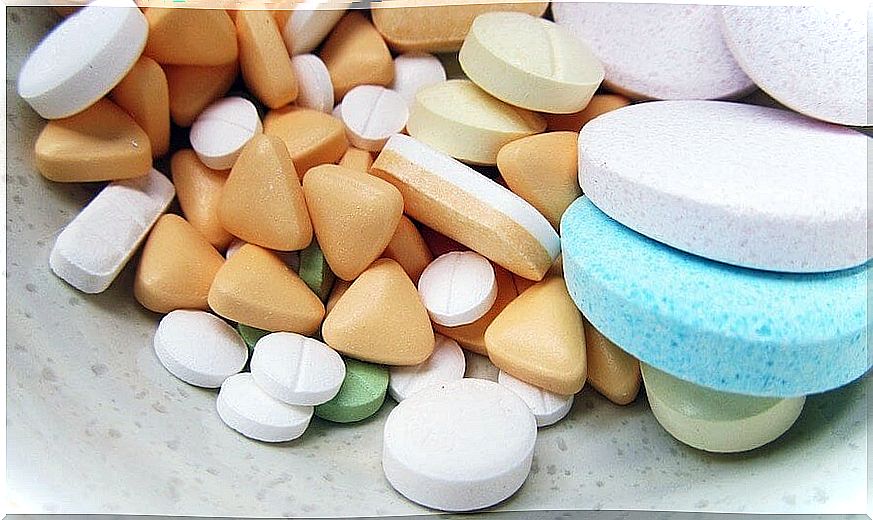
The action of giving medicines to children is usually one of the most difficult tasks that parents face, and that is that at an early age children are very intolerant to strong flavors.
The question of giving pills and medicines to the little ones is a kind of lottery. There are children who are very disciplined with the intake of syrups and pills, but most do not support their flavors and there are products that, of course, do not contribute. However, we can use some strategies to fulfill a fundamental mission for your health.
1. Make sure the medicine is cold
Sometimes what bothers children is not just the taste but the consistency of the product. There are many medicines that enhance its flavor at room temperature. In these cases, cooling it down will be beneficial.
This will work even for children who can’t even tolerate syrups, despite being sweet. The cold on the tongue can generate a pleasant sensation that facilitates the process.
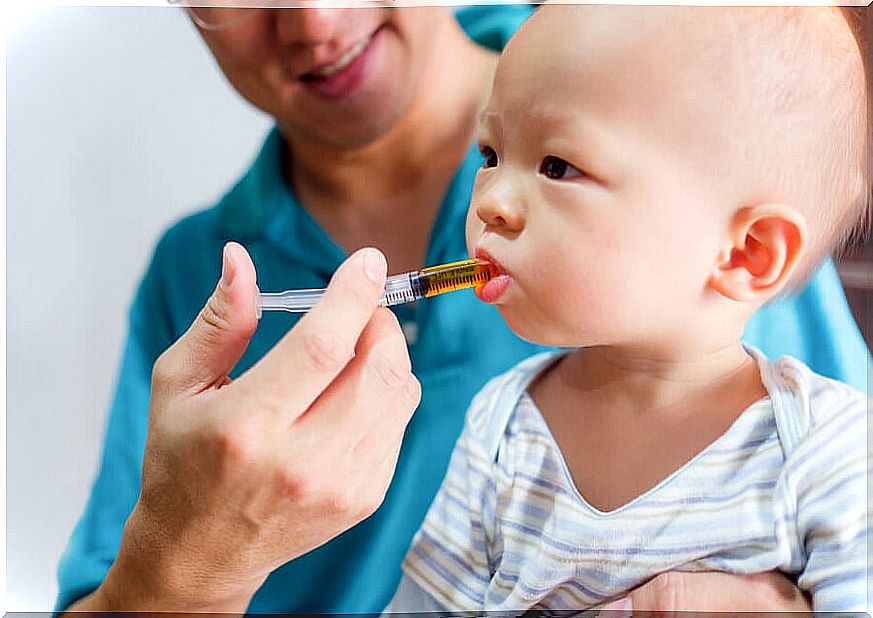
2. Try different methods
All medical products have dispensers. We usually see glasses, needleless syringes and even spoons. Sometimes choosing the delivery method can play a major role.
A child may taste the medicine if it is given with a glass or teaspoon. In these cases, it is feasible to use a syringe for liquid remedies. The injector will conduct the substance quickly without the child even getting to taste it.
The important thing is to test with the methods and determine which one the child considers the most tolerable. This will make it easier for you to convince him because he will feel that the sensation will not be so unpleasant.
3. The medicinal pacifier: an invention that could work
One of the inventions that has been better received among children to eliminate the traumatic element of medicines is the medicinal pacifier. Basically, this device has a compartment where the medicine is placed. Once the child begins to suck, the substance will go down through the nipple.
There are even bottles that allow you to place a small injector with which to deliver the medicine. If the concentration of the remedy is low, you will not even notice that there is something extra in your milk.
4. Mix with food
This can be done with the bottle, as we have seen previously, but also with solids. In fact, this trick is quite effective in delivering lozenges that taste bitter or sour.
Much better is to hide the pills with desserts and sweet foods, since these are the favorites of the little ones. The chocolate flavor will hide very well any children’s medicine, which in themselves tend to be somewhat sweet. Chopping into very small pieces will also prevent the sensation of taking a pill from being traumatic. You always have to ask your doctor about the feasibility of this way of acting.
5. Awards for good behavior
Much better than resorting to deception is to reward the child for doing his part. If you want to mix medicine intake with learning, recognizing good behavior can help. The positive thing about this method is that children become aware of the role played by the ingested medicine. With the prize, you are basically reinforcing the child’s interest in maintaining his health.
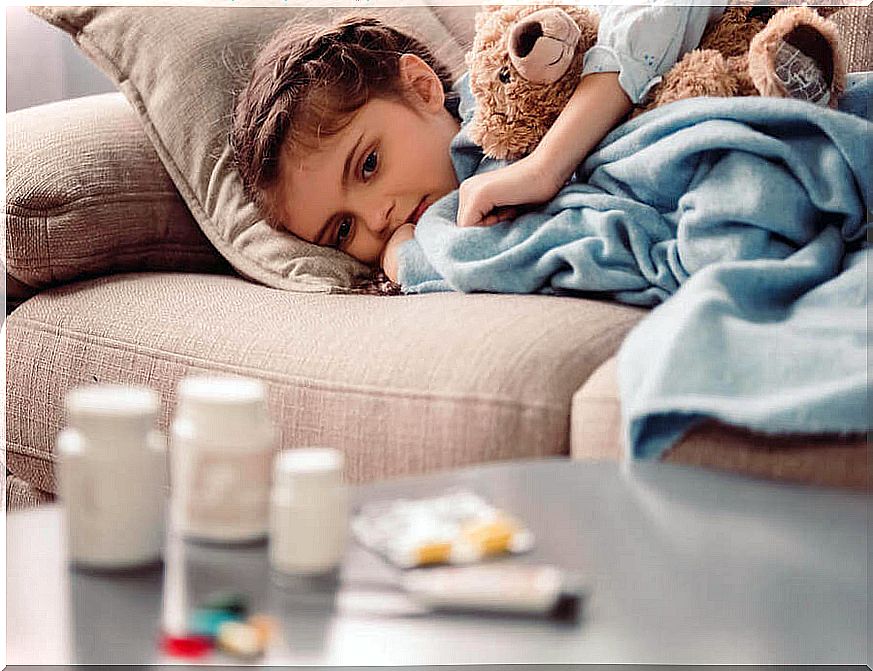
You can even come up with an overall prize that your little one will win when they complete the entire treatment. The more creative you are, the easier it will be to achieve your intended results. Patience will be a key element.
6. Gives both control and options
One of the problems with giving medicine to children is that the matter ends up becoming an imposition. Therefore, if we give him alternatives where the child can choose, he can assume the responsibility of ingesting his medicines.
Having decision-making power is an idea that can be attractive to any child. That way, the little one can choose the delivery method or if the medicine is put into a meal. This generates a commitment in the child to specify the treatment.
